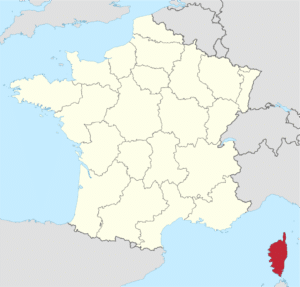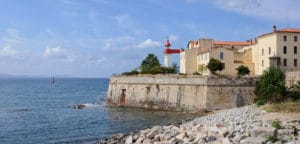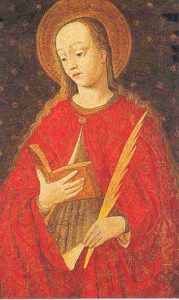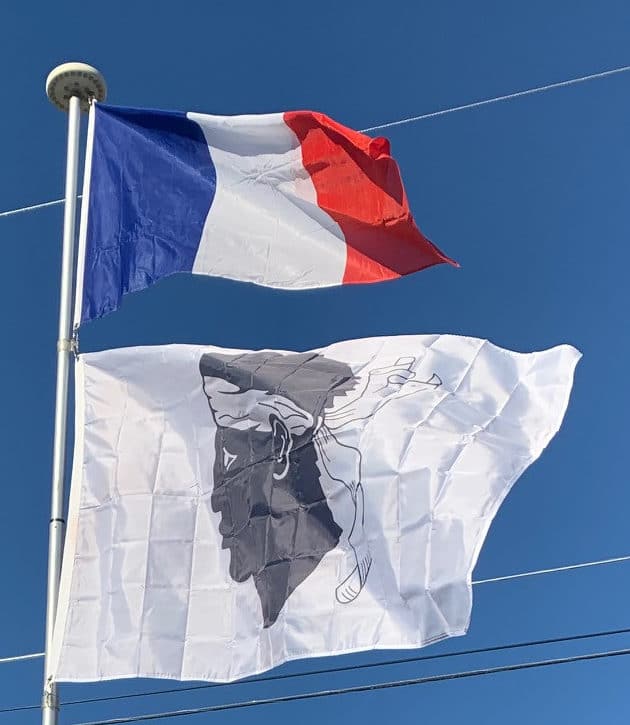Introduction:
Corsica is an island in the Mediterranean Sea and one of the 18 regions of France. It is located southeast of the French mainland and west of the Italian Peninsula, with the nearest land mass being the Italian island of Sardinia to the immediate south. A single chain of mountains makes up two-thirds of the island.

The island is an administrative region of France (with the regional capital being Ajaccio), divided in two administrative departments, Haute-Corse and Corse-du-Sud. The corresponding regional and departmental territorial collectivities, however, merged on 1 January 2018, forming the single territorial collectivity of Corsica. As a single territorial collectivity, Corsica enjoys a greater degree of autonomy than other French regional collectivities; for example, the Corsican Assembly is able to exercise limited executive powers. Bastia, the prefecture city of Haute-Corse, is the second largest town in Corsica.

After being ruled by the Republic of Genoa since 1284, in 1755 Corsica became a self-proclaimed Italian-speaking Republic, until it was officially ceded by Genoa to Louis XV as part of a pledge for debts and subsequently annexed to France in 1769. Napoleon Bonaparte was born the same year in Ajaccio, and his ancestral home (Maison Bonaparte) is today a significant visitor attraction and museum. Due to Corsica’s historical ties with the Italian peninsula, the island retains many Italian cultural elements, and the native tongue is recognized as a regional language by the French government.
History:
Prehistory and Ancient Times:
Corsica has been occupied continuously since the Mesolithic era. Its population was influential in the Mediterranean during its long prehistory.
After a brief occupation by the Carthaginians, colonization by the ancient Greeks, and an only slightly longer occupation by the Etruscans, it was incorporated by the Roman Republic at the end of the First Punic War and, with Sardinia, in 238 BC became a province of the Roman Republic. The Romans, who built a colony in Aléria, considered Corsica as one of the most backward regions of the Roman world. The island produced sheep, honey, resin and wax, and exported many slaves, not well considered because of their fierce and rebellious character. Moreover, it was known for its cheap wines, exported to Rome, and was used as a place of relegation, one of the most famous exiles being the Roman philosopher Seneca. Administratively, the island was divided in pagi, which in the Middle Ages became the pievi, the basic administrative units of the island until 1768. During the diffusion of Christianity, which arrived quite early from Rome and the Tuscan harbors, Corsica was home to many martyrs and saints: among them, the most important are Saint Devota and Saint Julia, both patrons of the island.

Corsica was integrated into Roman Italy by Emperor Diocletian (r. 284-305).
Middle Ages and Early Modern Era:
In the 5th century, the western half of the Roman Empire collapsed, and the island was invaded by the Vandals and the Ostrogoths. Briefly recovered by the Byzantines, it soon became part of the Kingdom of the Lombards. This made it a dependency of the March of Tuscany, which used it as an outpost against the Saracens. Pepin the Short, king of the Franks and Charlemagne’s father, expelled the Lombards and nominally granted Corsica to Pope Stephen II. In the first quarter of the 11th century, Pisa and Genoa together freed the island from the threat of Arab invasion. After that, the island came under the influence of the republic of Pisa. To this period belong the many polychrome churches which adorn the island, and Corsica also experienced a massive immigration from Tuscany, which gave to the island its present toponymy and rendered the language spoken in the northern two-thirds of the island very close to the Tuscan dialect.
